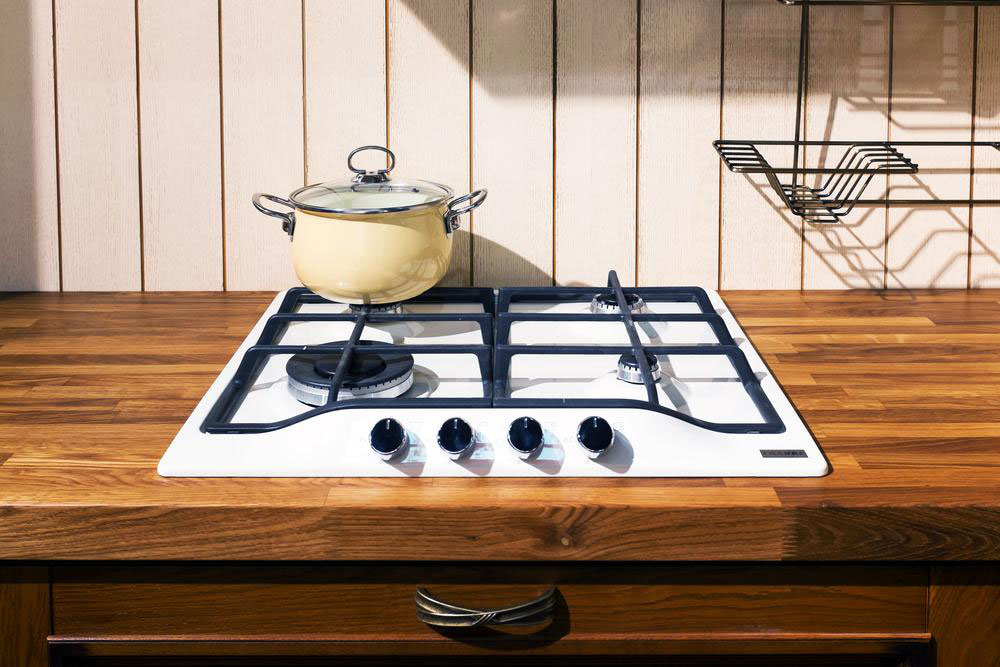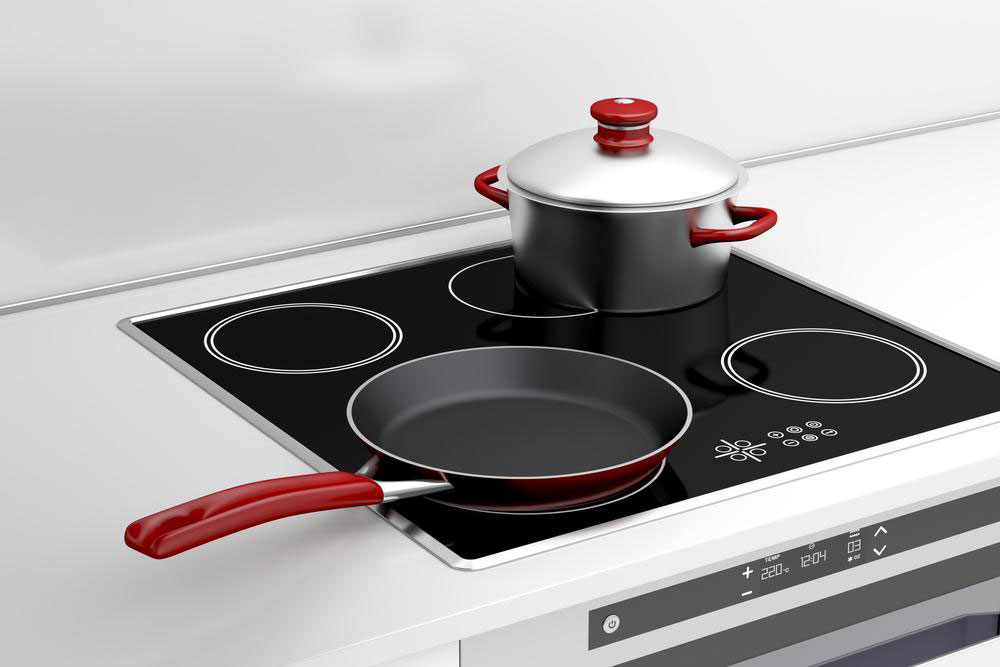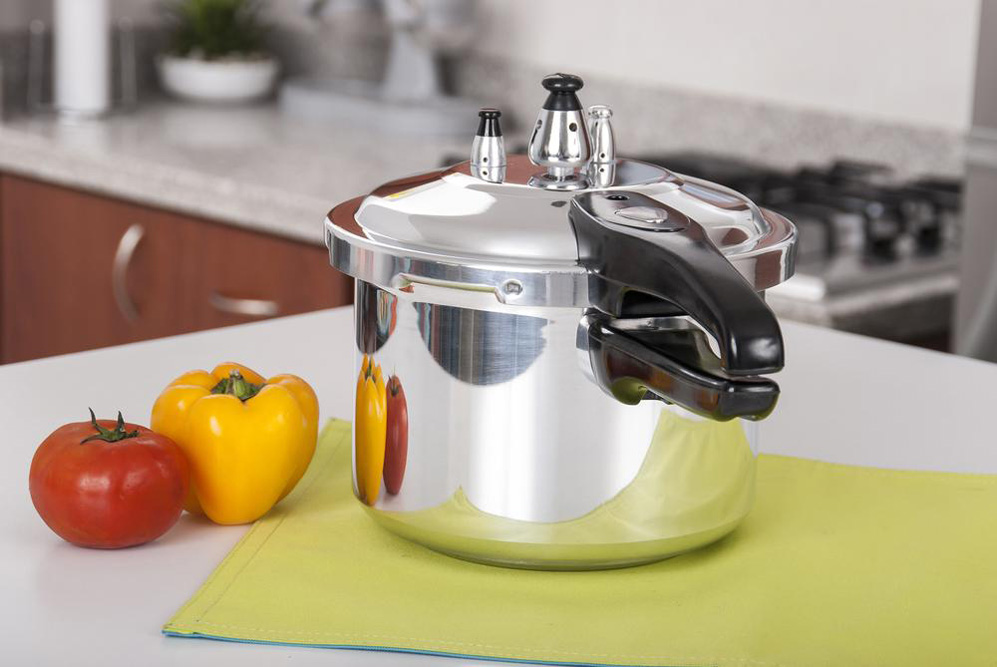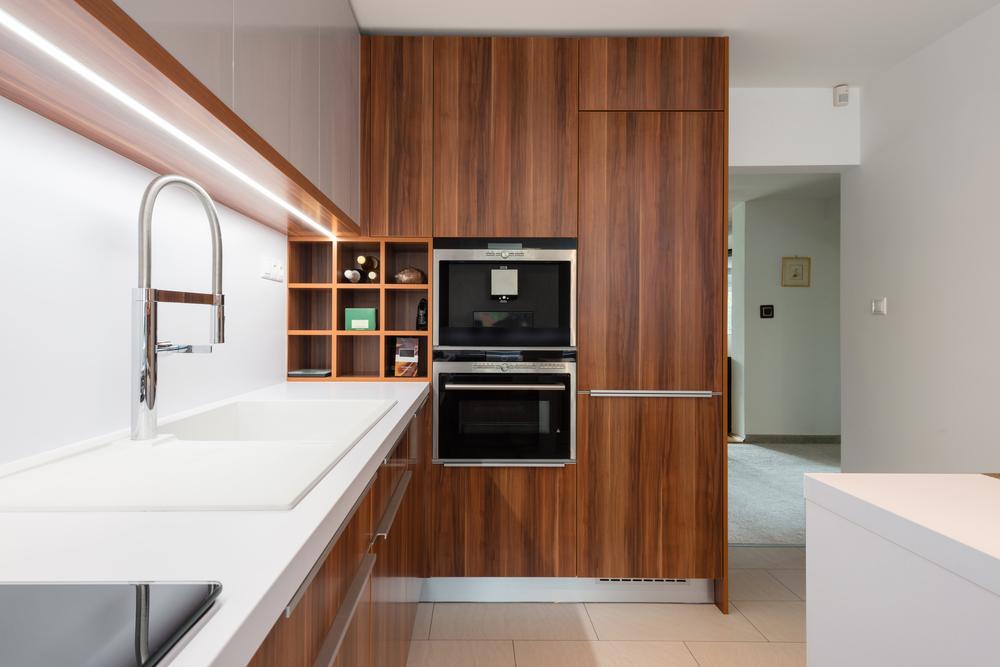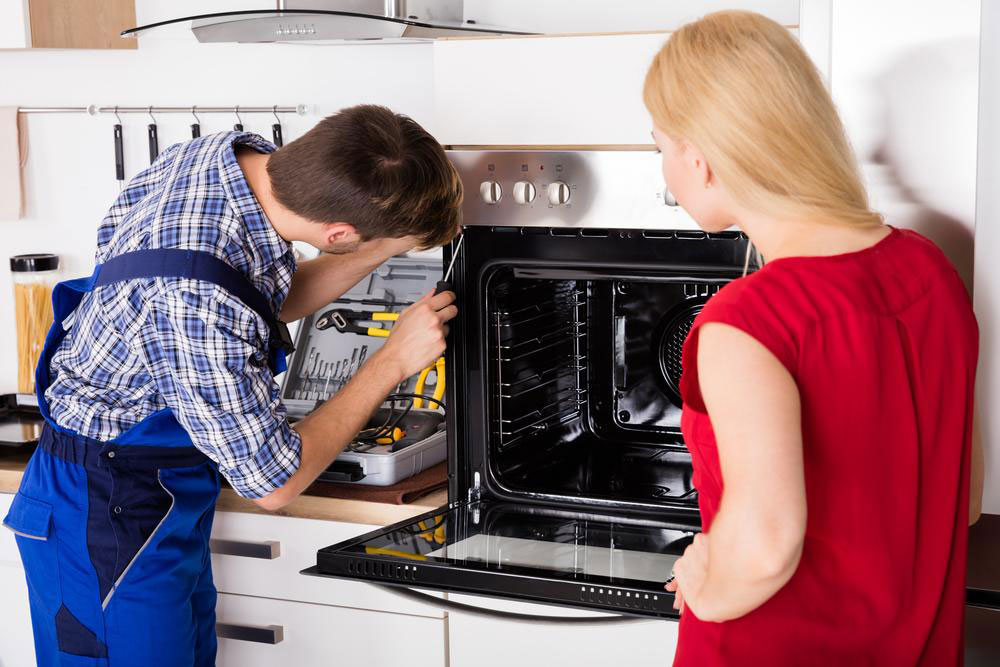Comparing Electric and Gas Cooktops: Advantages and Disadvantages
Compare electric and gas cooktops to determine the best fit for your kitchen. This overview highlights their advantages, drawbacks, costs, and suitability based on cooking habits and budget, helping you make an informed decision for your home.
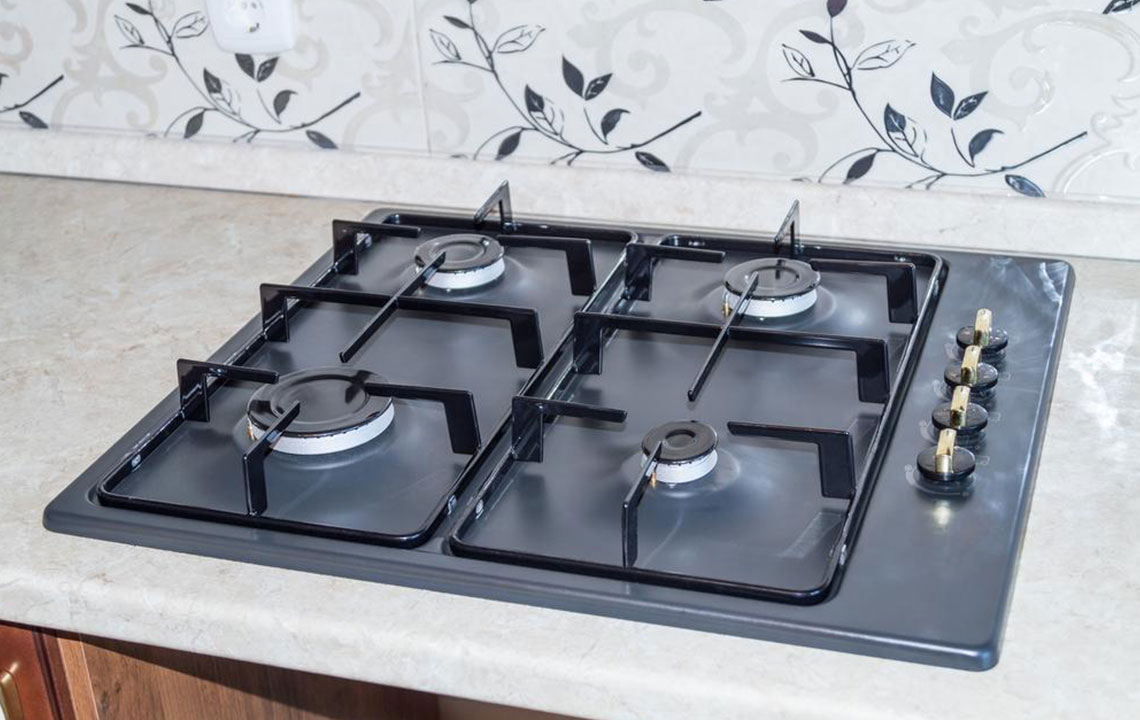
Electric vs. Gas Cooktops: Benefits and Drawbacks
Choosing the right cooktop depends on your cooking style and preferences. Both electric and gas options have unique benefits and challenges. The following overview highlights key aspects to help you decide which is best for your kitchen.
Advantages and disadvantages of gas cooktops:
Gas stoves provide instant, adjustable flames with visual control, enabling even and quick cooking as the flames spread evenly across pots and pans. They’re also generally cheaper to operate than electric models.
However, gas stoves tend to be more expensive to buy and install, especially without an existing gas line. Gas leaks can pose safety risks if burners do not ignite properly, leading to potential hazards.
Electric cooktop advantages and disadvantages:
Modern electric stoves feature sleek glass surfaces that enhance kitchen aesthetics. Cleaning is straightforward—spills can be wiped away easily without removing parts, keeping the surface looking pristine.
They are simple to operate and generally more affordable to purchase and install. Some models include additional storage below the oven, a feature not available on most gas stoves.
The primary drawback is slower cooking times compared to gas. Glass surfaces are prone to staining, which may affect their appearance. Additionally, electric stoves depend on power supply; outages can render them unusable in areas prone to frequent blackouts.
Before purchasing, consider your cooking frequency and budget. Weigh the benefits and limitations of both options to choose what best fits your needs and kitchen setup.

